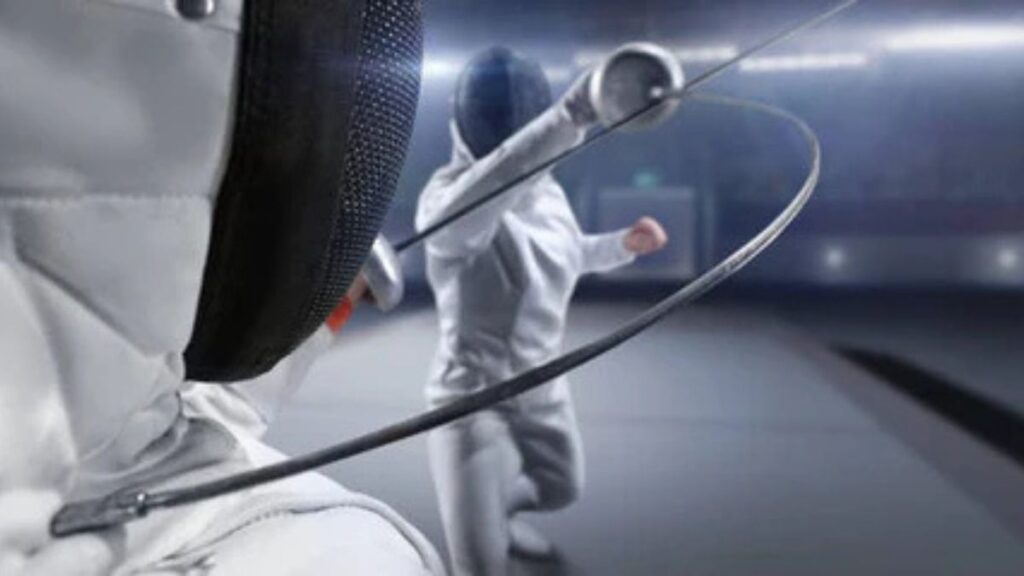Introduction to the Rapier Sword
The allure of the rapier sword has captivated many throughout history. This elegant weapon, characterized by its slender blade and intricate hilt, is not just a tool for combat; it’s a symbol of finesse and skill. For beginners stepping into the world of fencing or historical European martial arts, choosing your first rapier can be both exciting and overwhelming. With so many options available, it’s essential to understand what makes this sword unique and how you can find one that feels like an extension of yourself. Whether you’re dreaming of dueling in grand ballrooms or simply want to appreciate the craftsmanship behind these stunning weapons, this guide will help you navigate your journey toward finding the perfect rapier sword.
Types of Rapier Sword and Their Purposes
Rapier swords come in various types, each designed for specific combat styles and purposes. The classic thrusting rapier is known for its long, narrow blade and sharp point. This style excelled in dueling scenarios where precision was key.
The cut-and-thrust rapier combines both cutting edges and a pointed tip. It offers versatility, allowing the wielder to use slashing techniques alongside thrusts. This makes it suitable for more dynamic fighting encounters.
Another interesting variation is the small sword, which emerged from the rapier’s lineage. Lighter and shorter than traditional rapiers, it became popular among civilians for self-defense while maintaining elegance.
Some rapiers feature decorative elements that reflect personal taste or social status. These ornamental details often hint at their owner’s identity or aspirations rather than their intended martial function. Each type serves a unique purpose while showcasing the artistry behind these magnificent weapons.
Choosing the Right Blade Length and Weight
Selecting the right blade length and weight for your rapier sword is crucial for comfort and effectiveness. Blade length typically ranges from 32 to 42 inches. Beginners often find a mid-range option easier to handle.
A shorter blade offers enhanced maneuverability, perfect for quick thrusts and agile movements. Conversely, longer blades provide reach but can be unwieldy if you’re not accustomed to them.
Weight matters too. A lighter rapier allows faster strikes but may sacrifice some stability during parries or defensive maneuvers. Heavier swords demand more strength yet offer greater control once mastered.
Consider your physique when choosing. Taller individuals might prefer longer, heavier blades that complement their stature, while shorter users should opt for manageable lengths that enhance agility without compromising technique.
Take time to test various options before making a decision; this hands-on experience will guide you in finding the perfect balance between length and weight that suits your style.
Materials and Construction of a Rapier Sword
When selecting a rapier sword, the materials used in its construction are paramount. Most rapiers feature blades made from high-carbon steel, known for its durability and ability to hold an edge. This material allows for both flexibility and strength, essential qualities for precise thrusting.
The hilt also plays a crucial role in construction. Commonly crafted from brass or stainless steel, it provides a sturdy grip while enhancing the sword’s overall aesthetic appeal. The guard often features intricate designs that not only serve as decoration but also protect your hands during combat.
Another aspect to consider is the balance of the sword. A well-balanced rapier ensures better control and maneuverability when executing quick movements or complex techniques. Quality craftsmanship can significantly impact performance; thus, examining welds and fittings is advisable before making a purchase.
Choosing wisely will enhance your experience with this elegant weapon on your journey into fencing or historical reenactment.
Factors to Consider for Beginners
Choosing a rapier sword as a beginner can be exciting but also overwhelming. Several factors will help guide your decision.
First, consider your primary use for the sword. Are you interested in historical reenactments, or do you plan to practice fencing? Your purpose will heavily influence the type of rapier that suits you best.
Next, grip comfort is crucial. A comfortable handle ensures better control and reduces fatigue during practice sessions. Always try different grips when possible.
Weight and balance are also essential aspects to keep in mind. Too heavy might hinder your movements; too light may lack the necessary power behind thrusts.
Don’t forget about safety features like blunted tips if you’re just starting out. These factors combined will lead you to a more satisfying experience with your new weapon choice.
Common Mistakes to Avoid When Buying a Rapier Sword
One of the biggest blunders beginners make is prioritizing looks over functionality. A rapier sword might look stunning, but its design should also support your training needs.
Another frequent mistake involves neglecting to check the balance and weight. A poorly balanced sword can hinder your technique and lead to frustration during practice.
Many newcomers overlook the importance of proper sizing. Ensure that the blade length fits your height and reach. An ill-fitting sword can impact both comfort and performance.
Buying from unreliable sources is another pitfall. Always choose reputable vendors who specialize in historical weapons or martial arts gear.
Don’t forget about compatibility with protective gear. Your new rapier should work seamlessly with gloves, masks, or jackets you plan to use for safety during sparring sessions.
Budgeting for Your First Rapier Sword
When budgeting for your first rapier sword, consider both quality and functionality. A good starting price range typically falls between $200 to $600. You may find options outside this range, but be cautious of extremely low-priced swords that might compromise on craftsmanship.
Think about what you’ll use the rapier for—training or display? Training blades often cost more due to their durability and design standards. Make sure you’re investing in something that can withstand practice sessions.
Don’t forget additional costs like maintenance supplies or protective gear. These essentials add to your budget but are crucial for keeping your blade in top shape.
Research different brands and models before making a final decision; some offer better value than others based on reviews from other fencers. Taking time with your finances will pay off when you finally wield a sword that feels right for you.
Where to Buy a Quality Rapier Sword
When searching for a quality rapier sword, consider specialized retailers or manufacturers that focus on historical weapons. These shops often have knowledgeable staff who can guide you in making an informed decision.
Online marketplaces like Etsy and eBay also offer a variety of options, but be cautious. Look for reputable sellers with positive reviews to ensure you’re purchasing from someone trustworthy.
Another excellent choice is local fencing clubs or martial arts studios. Many of these places sell gear directly or can recommend reliable sources where you can find your ideal rapier sword.
Don’t forget to check out online forums dedicated to sword enthusiasts. Members frequently share their experiences and recommendations, leading you toward the best deals and hidden gems in the world of rapiers.
Proper Maintenance and Care for Your Rapier Sword
Proper maintenance is crucial for the longevity of your rapier sword. Regular cleaning helps prevent rust and damage. After each use, wipe down the blade with a soft cloth to remove moisture and grime.
Using oil on the blade can provide an extra layer of protection. A light coat of mineral oil works wonders against corrosion. Just make sure to apply it sparingly.
Store your rapier in a dry place, away from direct sunlight. Consider using a protective sheath or display case to keep dust at bay while preventing scratches.
Inspecting your sword periodically is also wise. Look for any signs of wear or damage, especially around the hilt and blade junctions. Addressing issues early can save you time and money later on.
Avoid excessive handling unless necessary; oils from your skin can tarnish the surface over time if left unchecked.
Closing Thoughts: Finding the Perfect Rapier Sword
Finding the right rapier sword involves a mix of research and personal preference. It’s essential to understand your needs as a beginner and how you intend to use the sword. Whether for training, performance, or simply as part of a collection, each rapier has its own unique features that cater to different styles.
Take your time exploring various types and brands. Don’t rush into buying one without considering factors like weight, length, and grip comfort. Remember that this investment should be enjoyable; it’s all about enhancing your experience with fencing or historical reenactment.
Seek out reputable sources where you can purchase your rapier sword. Quality matters more than cost when it comes to performance and safety. Once you’ve made your choice, prioritize maintenance so it remains in excellent condition over time.
Your journey into the world of swords is just beginning. By keeping these considerations in mind, you will surely find a rapier sword that feels right for you—one that helps elevate both your skills and enjoyment of this fascinating art form.





